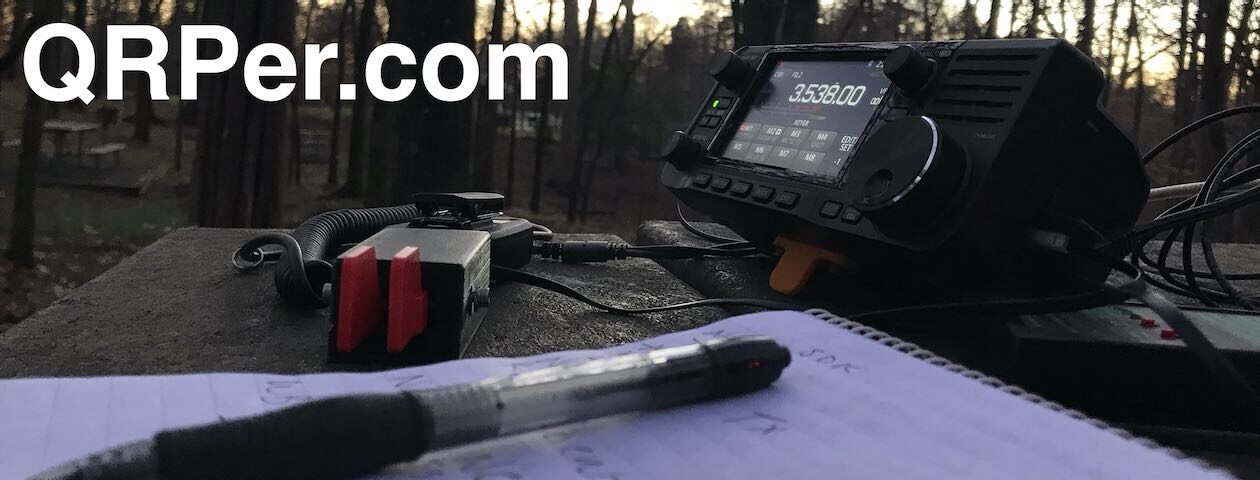 As many of you know, I’m a bit of a backpack geek (okay, that’s an understatement).
As many of you know, I’m a bit of a backpack geek (okay, that’s an understatement).
If you don’t believe me, listen to the Ham Radio Workbench episode where they invited me to take a deep dive into my world of packs, bags, and organization. It’s not for the faint of heart or the short of time. (It was seriously fun, though!)
You would think being a pack geek that I would produce more videos showing a breakdown of what’s in my packs and how I organize them. The irony is I watch numerous videos on YouTube of how others pack out their various field and travel kits.
In truth, I have done this before, of course–once showing how I pack out my GoRuck GR1 for field radio and travel and another time showing how I pack out my TX-500 field kit in a Red Oxx Micro Manager. I plan to do more.
I’ve had several requests to do a video about my main SOTA pack which is designed around the Spec-Ops Brand T.H.E. Pack EDC tactical backpack (see above). I think the reason why I haven’t made a video and post yet about this pack is because I knew it would be quite detailed and, frankly, take a lot of time to detail.
That said, here we go!
Designed to be modular
 This particular pack is not set up to be a fully self-contained field backpack for just one radio. Quite the opposite: I use its main compartment to hold a wide variety of modular field kits I’ve put together.
This particular pack is not set up to be a fully self-contained field backpack for just one radio. Quite the opposite: I use its main compartment to hold a wide variety of modular field kits I’ve put together.
What do I mean by “modular”–?
As I prepare my pack to hit the field, I decide which radio I plan to take; typically that radio is in a pouch, bag, or case of its own that contains radio-specific connectors and accessories.

I put the radio in the main compartment, then I add a battery kit, logging kit, an antenna kit, arborist throw line, and an accessories kit that contains a key, cables, adapters, etc. Continue reading A tour and deep-dive of my SOTA/POTA Backpack (Spec-Ops Brand T.H.E. Pack EDC)


























